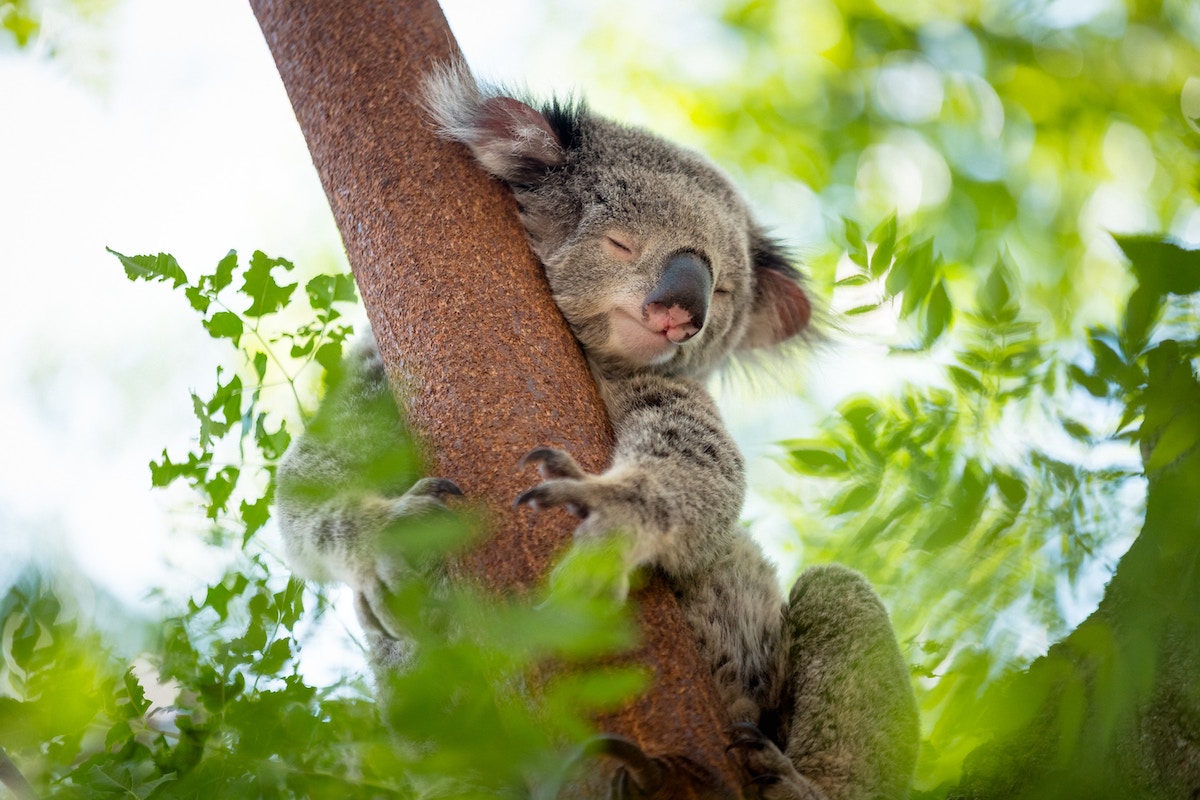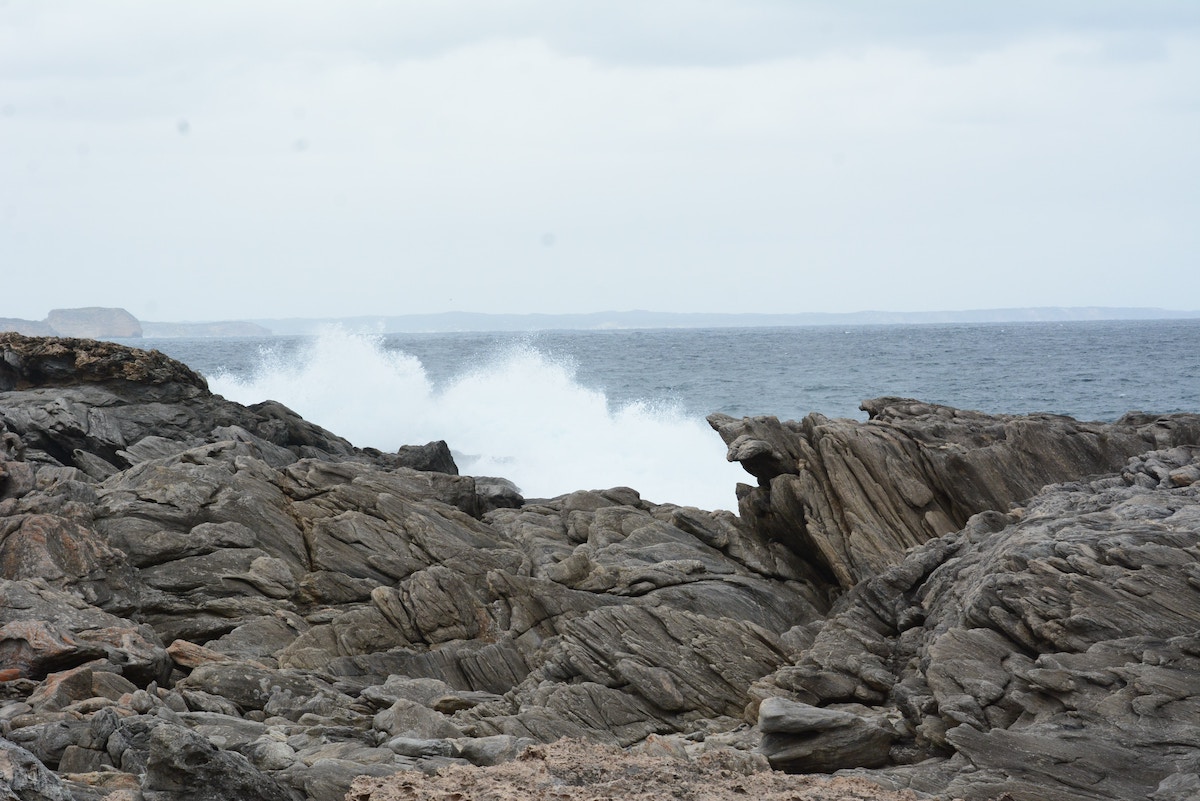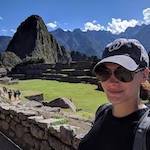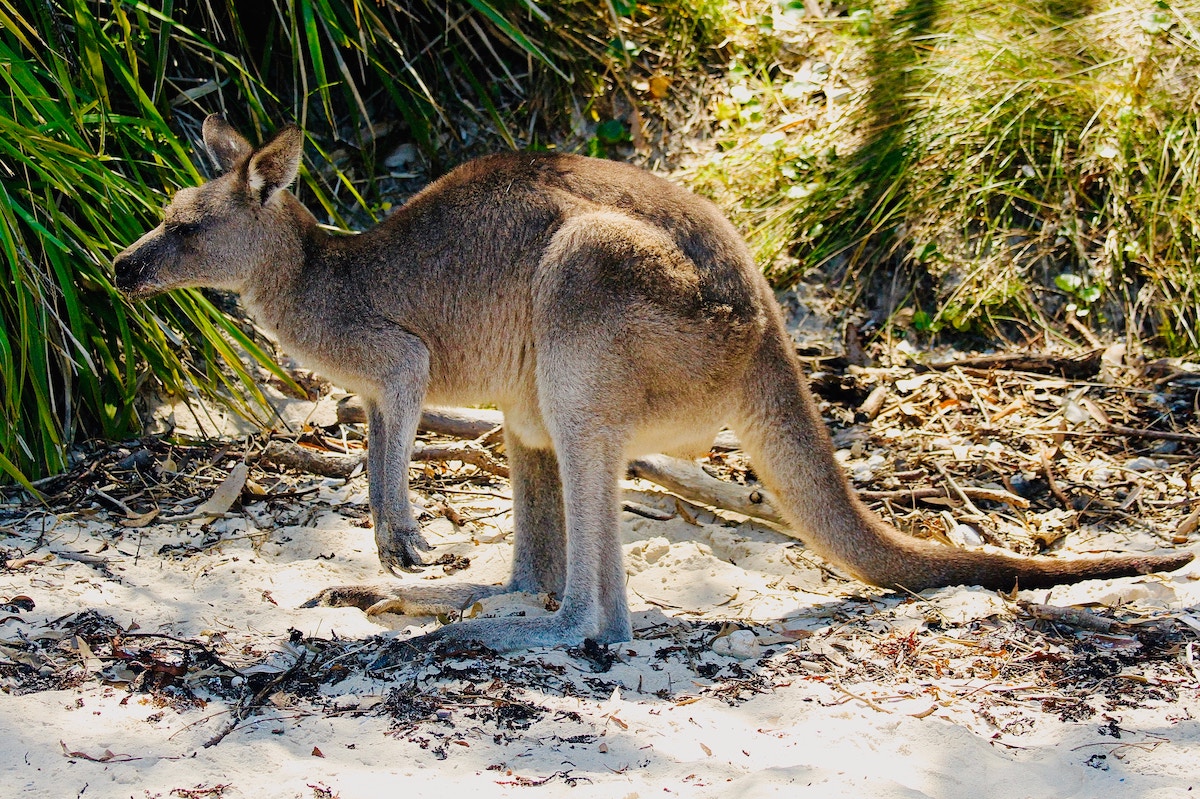By: Sarah Stone
Australia’s third-largest island, Kangaroo Island, is located off the country’s southern coast. It’s known for its pristine wilderness and diverse wildlife, and the island is often called a “zoo without fences.” It provides a habitat for many species that are rare or no longer found in the wild on the mainland.
Let’s learn a little more about this wonderful destination!
Plants and Animals on Kangaroo Island
The flora on Kangaroo Island is quite diverse due to the island’s variety of soils and climates, ranging from coastal dunes to dense bushland. Some significant plant species include:
- Eucalyptus: Also known as gum trees, these are the most dominant trees on the island and provide essential food and habitat for many animals.
- Banksia: This distinctive Australian plant with cylindrical flowers can be found across the island.
- Melaleuca: Another native Australian plant, Melaleucas are known for their paper-like bark and brush-like flowers.
- Grass Tree: An iconic Australian plant that thrives in well-drained soils, usually found in open woodlands. Its long flowering spike attracts various nectar-feeding birds and insects.
- She-oak: This is a common tree species in coastal areas and sandy soils. Its cones provide food for the endangered glossy black cockatoo.

Image by Michael Williams II on Unsplash
In addition to its fascinating plant life, Kangaroo Island is home to a wide variety of animals, including several endemic species:
- Kangaroo Island Kangaroo: A subspecies of the western grey kangaroo, it is typically more docile and approachable than its mainland counterparts.
- Tammar Wallaby: A small wallaby species once found across southern Australia, but is now mostly limited to Kangaroo Island and a few other locations.
- Koala: Introduced to Kangaroo Island in the 1920s, the population thrived due to the lack of predators and the abundance of eucalyptus trees. They can often be seen in the island’s eucalyptus groves.
- Australian Sea Lions and New Zealand Fur Seals: Seal Bay Conservation Park on the island offers one of the best opportunities to see Australian sea lions in the wild. New Zealand fur seals can also be observed in Flinders Chase National Park.
- Birds: Over 260 bird species have been recorded on Kangaroo Island. Notable species include the glossy black cockatoo, which is endangered, and the little penguin, whose colonies can be found along the island’s coastline.
- Reptiles: The island is also home to various reptiles, including Rosenberg’s monitor, and various snake species such as the pygmy copperhead and the black tiger snake.
- Invertebrates: The Ligurian honey bee is an interesting invertebrate resident of Kangaroo Island. The bees were introduced to the island in the late 1800s, and Kangaroo Island is now the world’s oldest bee sanctuary, with a pure and disease-free population of Ligurian bees.
Things to See and Do on Kangaroo Island
There’s a lot to see and do on a visit to Kangaroo Island—here are a few of our recommendations:
Wildlife Watching: As mentioned, Kangaroo Island is a haven for plants and animals, so wildlife watching is a must-do activity. Spot kangaroos, wallabies, koalas, and a plethora of bird species in their natural habitats. Visit Seal Bay Conservation Park to see the Australian sea lions, or check out the New Zealand fur seals at Admirals Arch.
Flinders Chase National Park: This is one of the major attractions on Kangaroo Island. It’s home to Remarkable Rocks (large granite boulders shaped by weathering) and Admirals Arch, a natural rock arch sculpted by the sea. There are numerous walking trails in the park for all fitness levels.
Kelly Hill Conservation Park and Caves: You can explore the stunning limestone caves in this park on a guided tour, or opt for adventure caving if you’re feeling more adventurous.

Photo by Richard Lin on Unsplash
Vivonne Bay: Rated as one of the top beaches in Australia, this stunning bay is perfect for picnicking, surfing, or fishing.
Local Food and Drinks: Taste the island’s fresh seafood, honey from the Ligurian bees, and the local wines and spirits from the island’s vineyards and distilleries. The Farmers’ Market is a great place to sample and buy local products.
Little Sahara: This is an area of naturally occurring sand dunes covering around two square kilometers. You can explore on foot, or for a bit of adrenaline, try sandboarding or tobogganing.
Hanson Bay Wildlife Sanctuary: This sanctuary is the best place on the island to see a wild koala population.
Marine Tours: Take a marine tour to experience the island’s marine life. You can see dolphins, seals, and a variety of seabirds.
Stokes Bay: Visit this hidden beach that’s accessed by walking through a natural rock tunnel.
To get to Kangaroo Island, you can take a ferry from the mainland, or you can fly into Kingscote Airport from Adelaide. There’s a range of accommodation options available, from camping and caravan parks to holiday rentals, bed and breakfasts, and luxury lodges.
Have you had the chance to visit Kangaroo Island, or other areas of the world with fascinating and wonderful wildlife? Share your stories and advice with the Frayed Passport community!
About the Author
 As the editor-in-chief of Frayed Passport, my goal is to help you build a lifestyle that lets you travel the world whenever you want and however long you want, and not worry about where your next paycheck will come from. I've been to 20+ countries and five continents, lived for years as a full-time digital nomad, and have worked completely remotely since 2015. If you would like to share your story with our community, or partner with Frayed Passport, get in touch with me at sarah@frayedpassport.com!
As the editor-in-chief of Frayed Passport, my goal is to help you build a lifestyle that lets you travel the world whenever you want and however long you want, and not worry about where your next paycheck will come from. I've been to 20+ countries and five continents, lived for years as a full-time digital nomad, and have worked completely remotely since 2015. If you would like to share your story with our community, or partner with Frayed Passport, get in touch with me at sarah@frayedpassport.com!
Featured image by James Wainscoat on Unsplash

